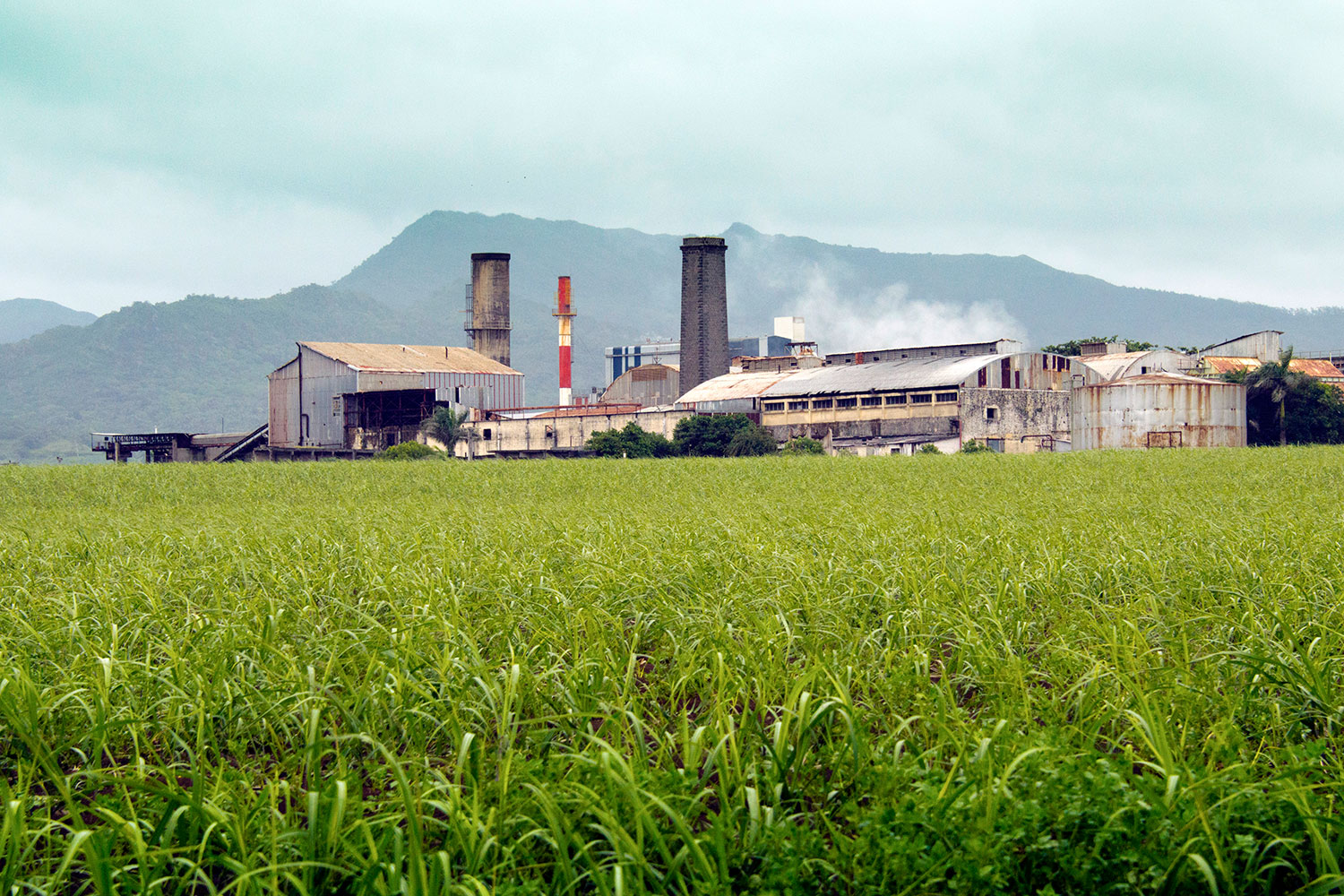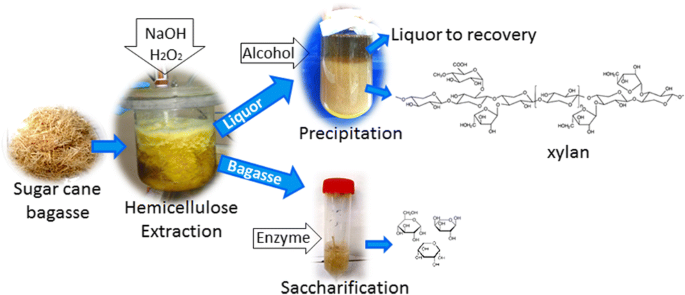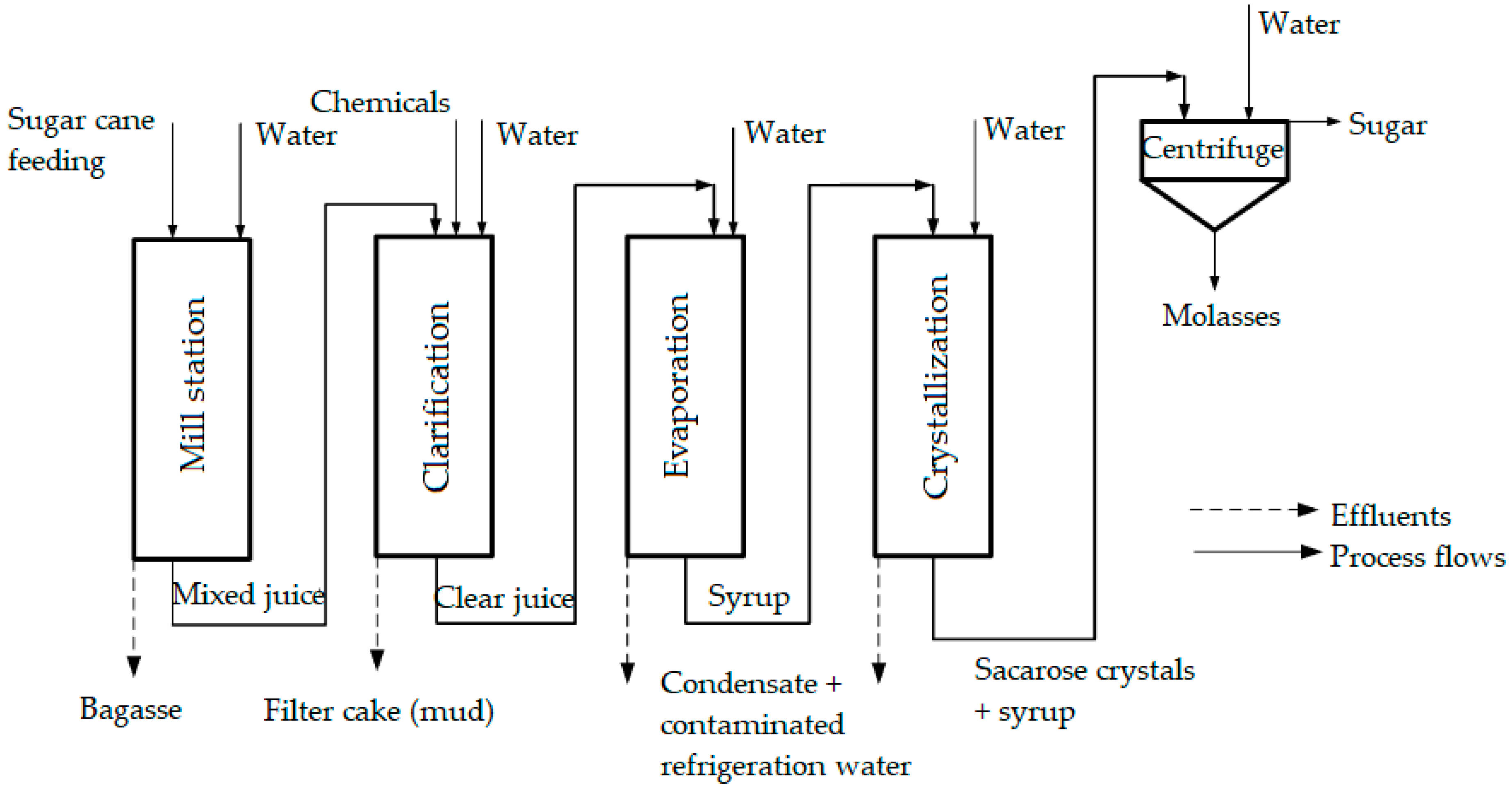Maximizar Rendimientos Y Minimizar Costos: Estrategias Avanzadas Para La Optimización Química Del Procesamiento De Azúcar De Caña
In the realm of walking stick sugar handling, the search of taking full advantage of yields while concurrently minimizing prices stands as an awesome challenge that requires a critical mix of sophisticated chemical optimization methods. Among this intricate internet of techniques lies the pledge of unlocking untapped capacity and changing the really significance of sugar production.
Chemical Analysis for Effectiveness
Chemical evaluation plays a pivotal role in improving the performance of sugar cane processing by giving essential understandings into the composition and residential properties of the raw products. By carrying out detailed chemical analyses on sugar walking cane examples, processors can figure out the precise focus of sucrose, glucose, fructose, and other elements present in the raw material. This information is crucial for optimizing the numerous phases of the sugar cane processing chain, from milling to crystallization.
Furthermore, chemical evaluation enables cpus to recognize contaminations such as natural acids, healthy proteins, and minerals that can impact the high quality and return of the last sugar item. By measuring these pollutants, processors can execute targeted approaches to get rid of or mitigate their effects, eventually improving the total effectiveness of the handling plant.
In addition, chemical analysis helps with the surveillance of procedure specifications such as pH, temperature level, and thickness, enabling processors to make real-time changes to ensure ideal conditions for sugar removal and crystallization. In general, an extensive understanding of the chemical structure of sugar cane is crucial for taking full advantage of returns, reducing expenses, and keeping high product top quality in the sugar production industry.

Enzyme Application for Enhanced Yields
With a strategic technique to enzyme use, sugar walking stick processors can significantly improve their returns while maintaining operational performance in the production procedure. Enzymes play a critical duty in sugar walking stick processing by damaging down complex carbohydrates right into less complex sugars, thus enhancing the total sugar removal efficiency. By integrating certain enzymes customized to target the different components of sugar walking stick, such as cellulose and hemicellulose, processors can enhance the release of sugars throughout removal.
Enzyme utilization provides the advantage of optimizing sugar yields from the raw product while lessening the power and sources needed for handling. This causes a much more lasting and cost-effective production process. In addition, enzymes can help in decreasing processing time and boosting the total top quality of the sugar product. Via careful selection and application of enzymes, sugar walking cane processors can continue reading this enhance their procedures to accomplish higher returns and profitability.
Ph Control for Optimal Handling
Enzyme application for enhanced yields in sugar walking stick processing lays the foundation for resolving the critical element of pH control for ideal handling effectiveness. Preserving the ideal pH degree throughout numerous stages of sugar walking cane processing is important for making best use of returns and lessening prices. By thoroughly keeping an eye on and changing the pH degrees at different handling actions, sugar cane cpus can boost sugar recuperation rates, minimize chemical usage, and enhance the total production procedure.
Advanced Filtration Methods
Carrying out innovative filtration techniques in sugar cane processing improves the performance and pureness of the final product with refined splitting up methods. By integrating cutting-edge filtering Learn More modern technologies, such as membrane filtration and turned on carbon filtration, sugar walking cane processing plants can attain greater levels of sugar healing and improved top quality control.

Activated carbon filtration is an additional innovative method that helps in the removal of colorants, off-flavors, and residual impurities from sugar walking stick items. By utilizing activated carbon's adsorption buildings, this filtering technique improves the clearness and preference of the sugar, fulfilling the high requirements demanded by customers and industry laws.
Energy-Efficient Distillation Techniques
Energy-efficient purification techniques are essential for maximizing the sugar cane handling industry's energy usage while keeping top notch product requirements. Conventional distillation processes can be energy-intensive, bring about greater production prices and ecological impacts (Cane Sugar Processing Chemicals). Applying energy-efficient distillation techniques, such as vacuum purification or molecular distillation, can dramatically decrease energy needs while boosting overall process effectiveness
Vacuum purification involves reducing the stress within the distillation system, which lowers the boiling factor of the liquid mix being processed. This decrease in boiling point lowers the energy needed for evaporation, leading to power cost savings compared to conventional purification approaches.
On the various other hand, molecular distillation makes use of short course distillation strategies under high vacuum conditions to separate substances based upon their molecular weight. This technique is particularly efficient for heat-sensitive materials, as it runs at lower temperature levels, decreasing power usage and preserving item quality.
Final Thought
